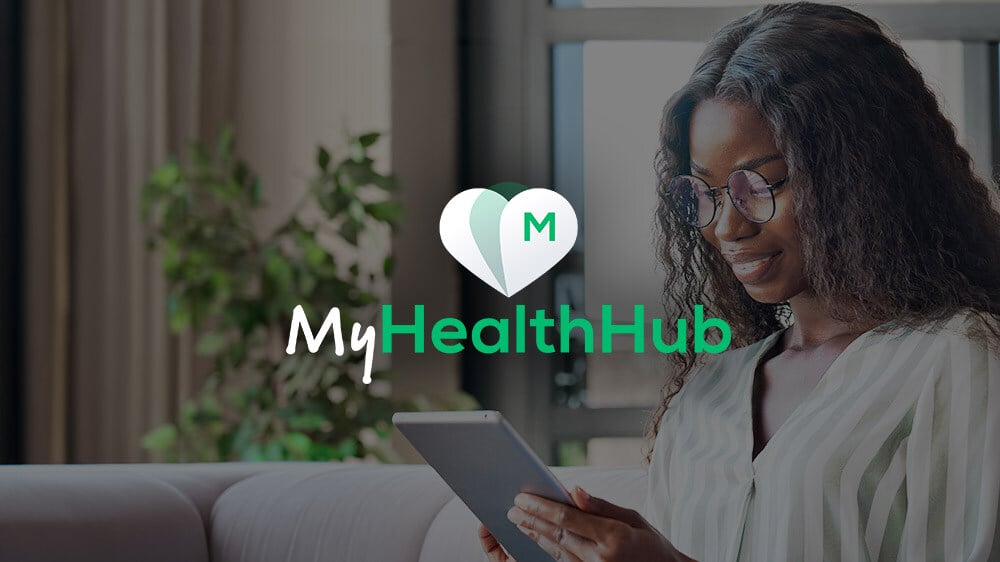
These days many of us use patient portals, or are at least familiar with what they are. These tools allow patients to schedule appointments, easily access their medical information, pay bills, request prescription refills, and even message their physicians. They are also becoming increasingly important to providers in preparing to meet the latest Meaningful Use requirements.
Patient portal requirements for Meaningful Use Stage 1 were fairly minimal, but Stage 2 was a tougher task. Organizations now needed patients to actually use their portals, and right away it was clear some were hesitant. This wasn’t a technology issue, but an education issue, within and beyond the hospital walls. Caregivers weren’t brought up to speed and therefore could not effectively educate patients on the benefits of being engaged. Patients were expected to enroll on their own, and did not, simple as that. I refer to this in the past tense, but we still see issues like this everyday.
Now, as everyone is preparing for Meaningful Use Stage 3, we are at a new crossroads. Stage 3 requires a great deal more portal usage and interaction, and for this to be successful, we’re going to need all hands on deck. You may be surprised to learn that when baby boomers have been polled in recent years, the majority of them say they would absolutely use patient portals to schedule appointments, review test results, and ask their physicians questions. This is encouraging news. When the aging population aligns with the millennials already accessing this technology, the path to success is much clearer - that is, if they get help signing up and with ultimately understanding how the portal benefits them.
Meaningful Use Stage 3 provides both a carrot and a stick, but it is clear neither should be the impetus for portal use. Simply put, overall patient engagement is the right thing to do. Patient populations want to be more involved in their health, to be the center of their care team, and there is every reason for us to support this.
Before we start educating patients on the portal, we need to make sure it is providing them with the tools they want and need. The tools have to combine a high level of the functionality patients want, with a user-friendly interface. The more complex and overly complicated a portal is, the less likely it is that patients will stay engaged with them. Online scheduling and access to health data are two of the top functions that patients want to have included in their portal.
Providers must develop a twofold education approach to get patients on the portal and engage in meaningful care collaboration. First, you need to implement an internal education strategy which puts your entire staff on the same page, followed by an external education plan to reach the patients you serve. Let’s look at some strategies for each of those.
Educating Your Team
A basic knowledge of what your patient portal can do might seem elementary, but you may be surprised how often the full breadth of functionality isn’t on your team’s radar. In order for caregivers to be diligent in promoting the portal, they need to be knowledgeable on what the portal can actually be used for. What are your patients going to see when they log in? What are the key areas patients will want to access? How can your physicians respond back to patient inquiries?
Nurses are your first line of communication here, as they have the most face time with patients. We all know how busy nurses are, but even something as simple as a quarterly education session for nursing staff to learn the basics of your portal can help empower nurses to share the resource with their patients.
Physicians and executives should also be in the trenches advocating the portal. When physicians suggest the portal, or even help set the portal up, it gives the patient an extra layer of confidence in the technology. Furthermore, patients are more likely to access labs or send messages through the portal when a physician suggests that they do so and actually responds to messages sent via the portal.
Educating Your Patients
Now is the time for staff-driven efforts to make the difference. As I mentioned, nurses can be your biggest assets for promoting the portal in your hospitals and clinics. Showing a patient where in their portal lab results can be found, or even something as simple as writing the portal’s URL on the whiteboard of the patient room, can increase patient interest and have an impact on adoption.
With your clinicians on board, next you can get your marketing team involved. You can start with a signage campaign, by strategically hanging posters anywhere in your physical space patients might be: entryways, waiting areas, or where blood is drawn. What about your reception staff? I’ve seen folks at the intake desk wearing buttons bearing the question “Have you signed into your patient portal yet? Ask me!” and it really works.
If you hold regular wellness fairs for the larger community, caregivers can show off the portal and actually help patients sign up, then guide them through the features. These events are also an opportunity to show patients our MHealth App and where to find it in the App Store and Google Play Store. Again, it is this one-on-one personal touch that will get people using the portal.
Creating a more dynamic patient experience can only help us going forward. Did you know that patient engagement is now being taught in nursing school? The upcoming generation of caregivers and patients are expecting communication channels like patient portals, and by catering to that now, and for the right reasons, you can stay well ahead of the Meaningful Use Stage 3 game.
Want to see MEDITECH's technology in action? Attend one of our upcoming webinars, and see how we can transform your organization.




